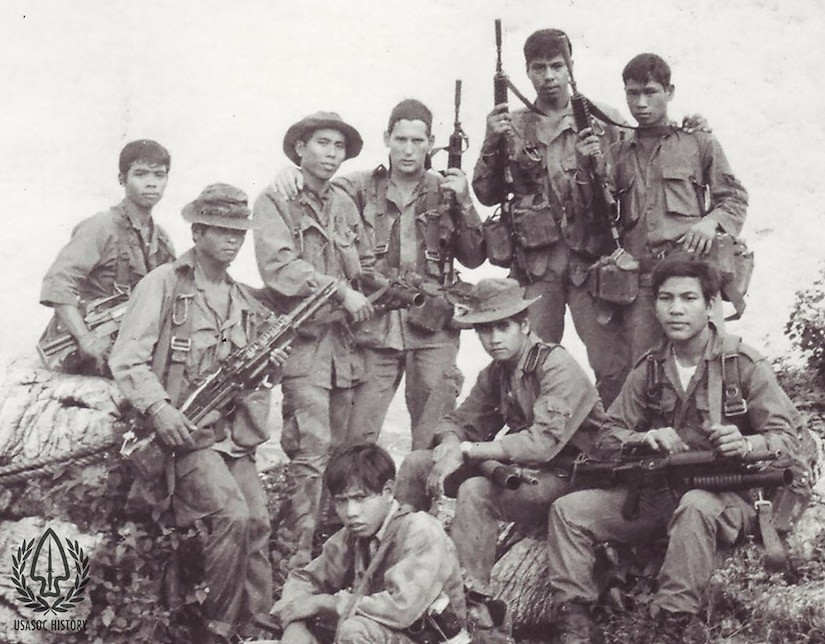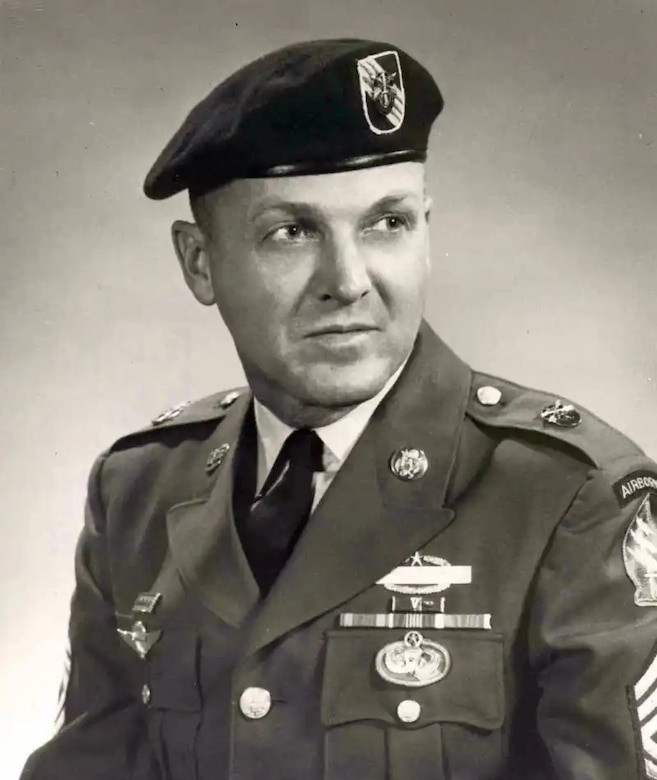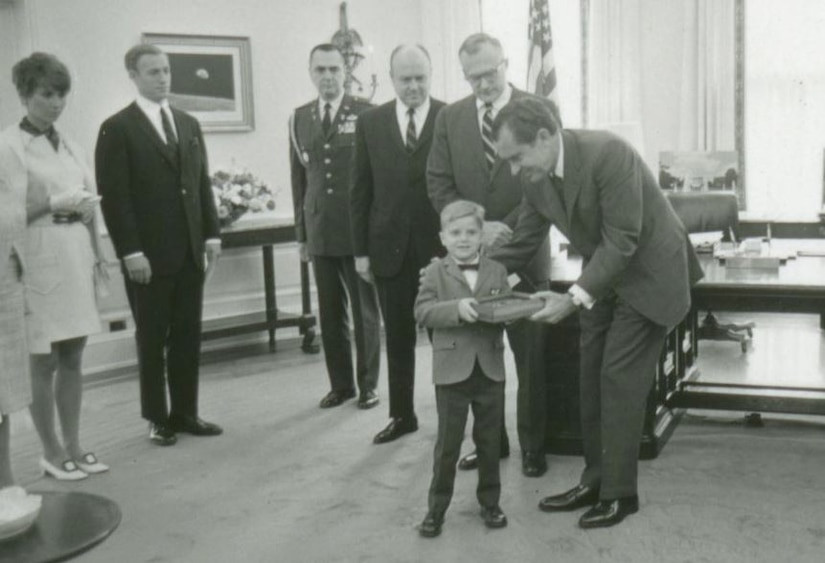Master Sgt. Charles E. Hosking Jr.’s life was a testament to unwavering dedication and extraordinary bravery. His story, marked by early aspirations to serve and culminating in a selfless act of heroism in Vietnam, earned him the Medal of Honor, the United States military’s highest decoration for valor. Interestingly, Hosking’s path to becoming an American hero began with an attempt to join the Canadian Army, revealing a youthful eagerness to serve early in his life.
Born on May 12, 1924, in Ramsey, New Jersey, to Charles Sr. and Luella Hosking, Charles Jr. grew up with his younger brother, Robert. Both brothers attended Ramsey High School, but a conventional academic path was not entirely in young Charles’s vision. Driven by a powerful sense of duty as World War II loomed, Hosking, at the young age of 16, ran away from home with the intention of enlisting in the Canadian Army in Montreal. Perhaps envisioning himself in the distinguished Canadian Army Dress Uniform, a symbol of military service and tradition, the young Hosking was eager to join the fight against tyranny. However, his youthful ambition was soon curtailed when his true age was discovered, and he was sent back home.
Undeterred, Hosking’s desire to serve persisted. According to his daughter, Gail Hosking Gilberg, he attempted to join the U.S. Coast Guard at 17 in 1942. Unfortunately, a heart condition led to his discharge. Yet, Hosking’s resolve was unbreakable. With the help of a local congressman, he overcame an Army physical and finally, successfully enlisted in the U.S. Army.
During World War II, Hosking served with distinction in the 82nd Airborne Division, specifically within the 509th Parachute Battalion. He participated in crucial campaigns, including the brutal Battle of the Bulge, where he sustained a leg wound. His survival was remarkable, as his battalion suffered devastating losses; of the initial 1,500 men, only 30 remained by the war’s end.
After the war, Hosking continued his military career. He married his childhood sweetheart, Gloria Walters, and together they built a family with three daughters and a son. While military records indicate his continued service through the Korean War, injuries from a bazooka training accident prevented him from deploying to the conflict zone. Upon recovery, Hosking embraced a new challenge, joining the newly established Special Forces and earning the coveted Green Beret. His expertise in demolition and language skills, honed through language school, made him a valuable asset. His proficiency in infiltration and exfiltration tactics earned him the nickname “The Snake.”
Hosking’s linguistic abilities, particularly in Vietnamese, led to his deployment to Vietnam in 1961 as a military advisor. As the U.S. involvement escalated, he returned for two more deployments. It was during his final tour with Detachment A-302, Company A of the 5th Special Forces Group, that he demonstrated the ultimate sacrifice.
On March 21, 1967, then-Army Sgt. 1st Class Hosking served as a company advisor to the III Corps Civilian Irregular Defense Group Reaction Battalion, a unit composed of South Vietnamese locals trained by Green Berets to counter increasing Viet Cong attacks. While positioned in the Don Luan District, west of Saigon, awaiting a link-up with another unit, Hosking and his fellow soldiers encountered a local man attempting to pass their position on a bicycle laden with mortars. Upon questioning, the man confessed to being a Viet Cong sniper. As Hosking moved to escort the detainee to a nearby Special Forces camp and untied his hands, the situation took a deadly turn.
 Nine soldiers in combat uniforms, reflecting the collaborative efforts in Vietnam.
Nine soldiers in combat uniforms, reflecting the collaborative efforts in Vietnam.
The detained man seized a hand grenade from Hosking’s belt, armed it, and sprinted towards Hosking’s command group, comprising two American and two Vietnamese soldiers standing nearby. Recognizing the imminent danger, the 42-year-old Hosking reacted instantly and selflessly. He leaped onto the man’s back, pulled him into a bear hug, forcing the grenade against the man’s chest, and wrestled him to the ground. In his final act of extraordinary courage, Hosking covered the man’s body with his own as the grenade detonated. Both men were killed instantly.
Hosking’s unparalleled bravery saved the lives of the four members of his command group, all of whom sustained injuries but survived the war. His remains were returned to the United States and laid to rest in Valleau Cemetery in Ridgewood, New Jersey, as per his mother’s wish to be close to his grave.
On May 23, 1969, Hosking’s family was invited to the White House, where President Richard M. Nixon posthumously awarded him the Medal of Honor. In a poignant ceremony, the President placed the medal around the neck of Hosking’s 8-year-old son, Wesley.
Master Sgt. Charles E. Hosking Jr.’s legacy of valor and self-sacrifice continues to be honored. His daughter, Gail Hosking Gilberg, chronicled his remarkable life in her book, “Snake’s Daughter.” A fitness center at Fort Bragg, North Carolina, bears his name, and in 2000, a monument was erected in his hometown veterans park, ensuring that the memory of this extraordinary hero endures.
This article is part of a continuing series, “Medal of Honor Monday,” dedicated to recognizing the recipients of the U.S. military’s highest award for valor.
Explore More Stories of Valor
 Graphic promoting stories of valor, encouraging further exploration.
Graphic promoting stories of valor, encouraging further exploration.
Learn About: The Highest Awards for Valor
[


 President Nixon presenting the Medal of Honor to Hosking's young son, a moment of national recognition.
President Nixon presenting the Medal of Honor to Hosking's young son, a moment of national recognition. 